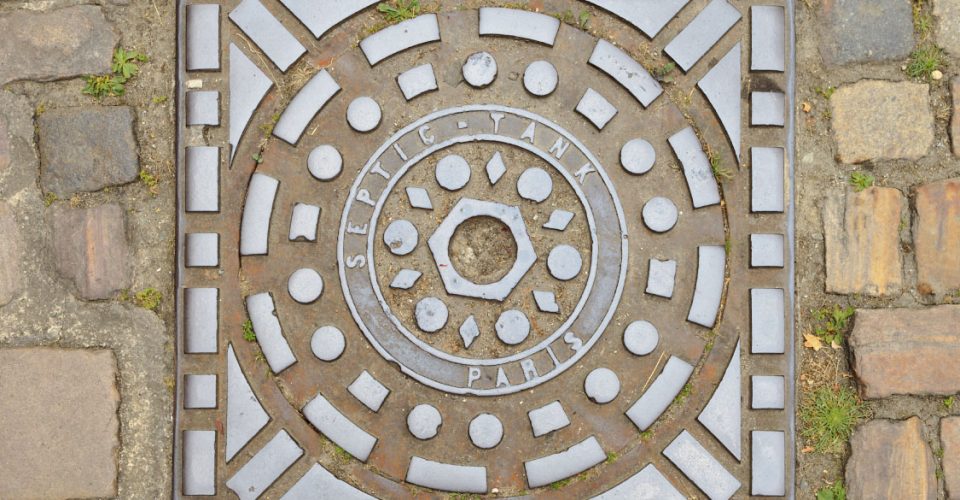How Does a Septic Tank Work?
Although the sewerage network in the UK is pretty extensive, there are still a number of properties that have to rely on their own means of treating the wastewater produced by their occupants. These tend to be isolated rural properties where the difficulty of connection to the mains sewers can make it prohibitively expensive.
One of the most common domestic systems is the septic tank, but how does one actually work? Let’s hold our noses, take a closer look at the inner workings of this unpleasant yet often essential piece of engineering, and find out.

How does a Septic Tank Work?
A septic tank is usually made up of two chambers (although some do have three), with an inlet pipe at one end and an outlet pipe at the other. The journey from inlet pipe to outlet pipe is usually done horizontally, although one popular model – known as the Onion – is vertical. The main problem with the Onion, however, is that you have to dig a very deep pit to house it.
Wastewater empties from the property in question and passes through the inlet pipe into the first chamber. There, any solids in the waste sink to the bottom of the tank where over time anaerobic bacteria cause them to partially decompose, leaving a layer of ‘sludge’ at the bottom. Lighter solids, together with any grease or oil, float to the surface to form a layer known as ‘scum’.
In the middle, between these two layers, is a watery layer called ‘effluent’ which flows out into the second chamber where there is a further opportunity for any remaining solids or scum to separate out. The effluent is then discharged through the outlet pipe and into a drain field where it seeps harmlessly into the soil.
This discharged effluent can in fact be used to treat the soil into which it feeds, as it contains valuable nutrients, but it should never take place near residential properties, water sources or other drainage areas.
What is left in the tank will build up over time and eventually need emptying, although the process is efficient enough that this is only once every few years (depending on the size of the tank and the number of people living at the property). Licensed companies can be hired for septic tank emptying to remove the contents safely.
What can and cannot be emptied into a Septic Tank?
There are a number of things that should not be emptied into a septic tank as they can have a serious impact on its effectiveness. These include:
- Household chemicals: some household chemicals, such as antibacterial soaps and disinfectants, will kill the bacteria that is breaking down the solids in the tank
- Anything that decomposes slowly or not at all, including cigarette butts, wet wipes and coffee grounds
- Too much water at a single time: if too much water enters the chamber in a short amount of time, solids may get washed straight through without having the time to sink and decompose
What’s the difference between a septic tank and a cesspit?
Unlike a septic tank, a cesspit only has an inlet tube and doesn’t disgorge its contents into the environment. That means that once it’s full, it needs to be regularly emptied by a licensed waste collector. Many old properties may still have cesspits, but anything that’s built away from the mains sewers today will in all probability have a septic tank, as it’s a far better option for the environment, as well as whoever is living at the property. Those residing in the property will also be responsible for arranging the hazardous waste collection of the Septic Tanks or Cesspits content as well as its maintenance sewage tank cleaning.

